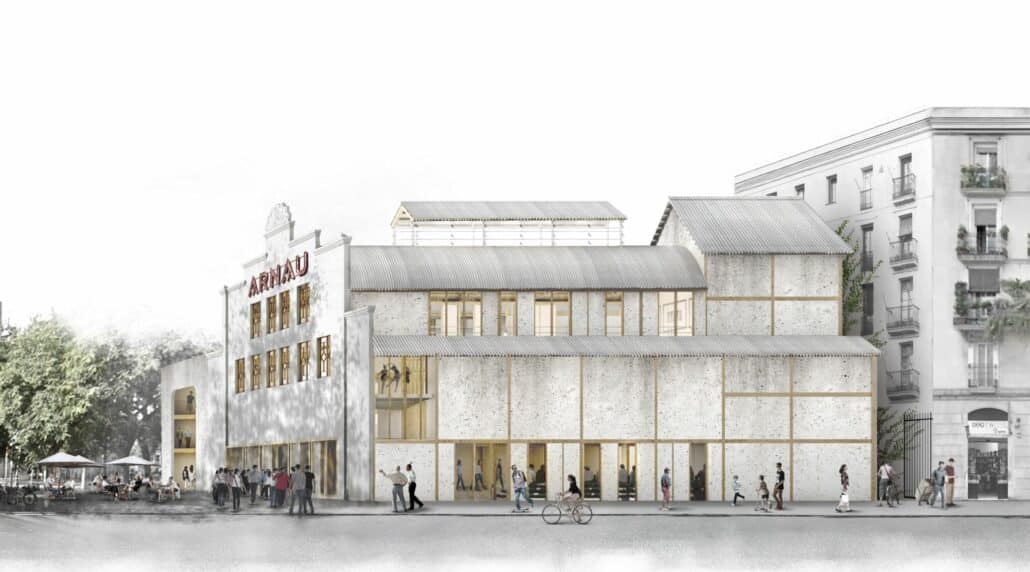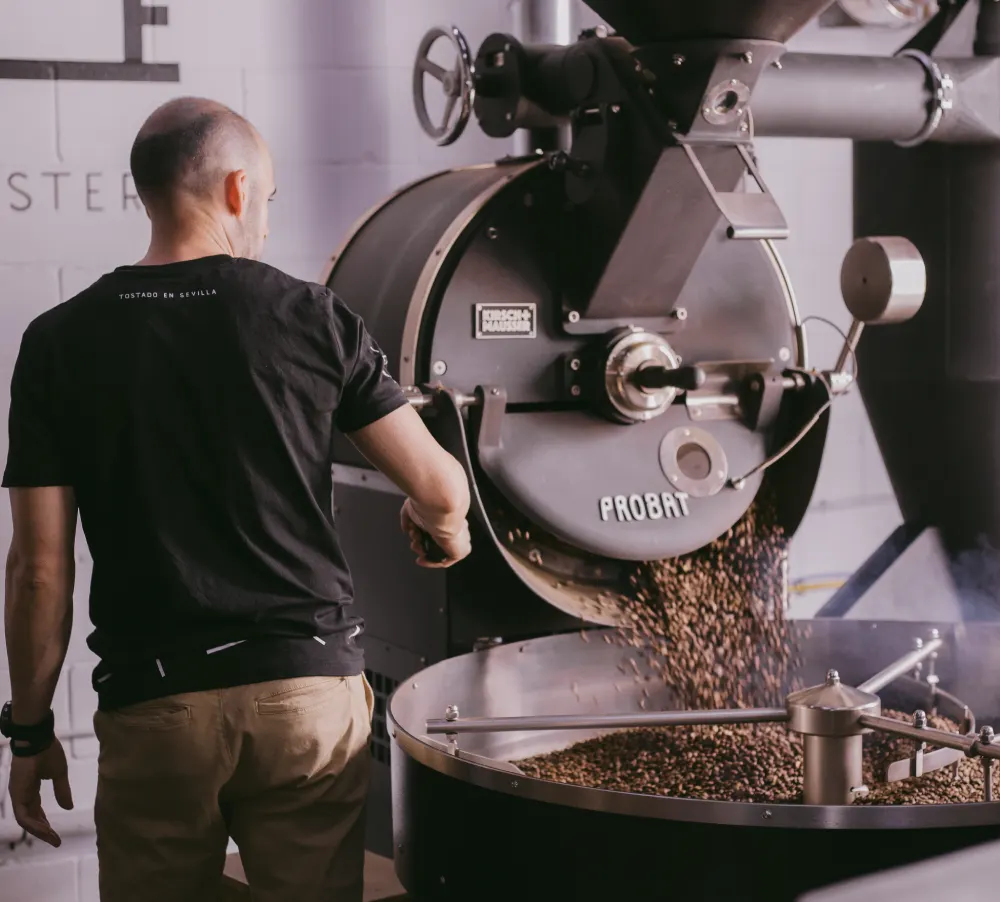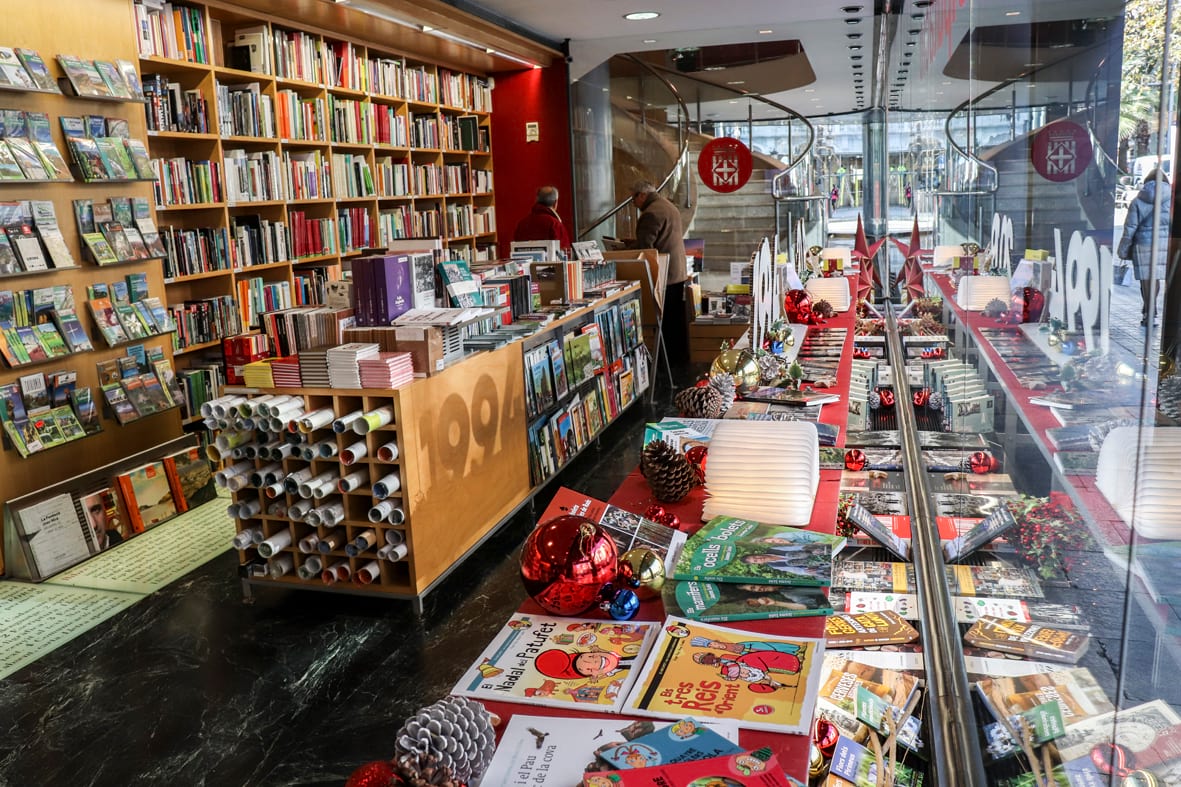Barcelona is a city of vibrant history, impressive architecture and a cultural life that never ceases to amaze. One of its great cultural heritages, the Teatre Arnau, is in the process of being transformed once again into a cultural epicenter of Paral-lel. This century-old theater, which holds within its walls memories of golden times and decadence, is about to undergo a rebirth that promises to restore its lost splendor.
 An ambitious and necessary project
An ambitious and necessary project
Barcelona City Council’s decision to give the green light to the Teatre Arnau refurbishment project is not simply an architectural whim. It is a manifestation of commitment to the preservation of cultural heritage and a bid to enrich the city’s artistic panorama. In the context of a Barcelona that is rebuilding itself, always taking care of its roots, the renovation of the Arnau symbolizes the desire to remember, celebrate and project the best of the past into the future.
The Teatre Arnau, inaugurated in 1894, is not only the last standing barracks theater in the city, but also a testimony to a time when the Paral-lel was the epicenter of entertainment. Its rehabilitation is not limited to the restoration of a physical structure worn down by time, but seeks to integrate into it a space for contemporary creation in dialogue with its historical heritage.
Cultural and community implications
The rehabilitation plan goes beyond mere architectural restoration. It is projected as an inclusive cultural space, open to the community, where art and culture can flourish in all its forms. This commitment to inclusion and community participation can be seen in the planning process itself, where neighborhood associations, artistic collectives and the citizens themselves have been involved to contribute their ideas and desires.
The new Teatre Arnau aspires to be a meeting point where plays are performed, workshops, exhibitions and events are held to ensure its dynamism and social relevance. It is not only a theater, it is a symbol of the cultural life of the neighborhood and the city.
A design that respects the past and embraces the future
The design of the renovated theater seeks to maintain the historical authenticity of the building, respecting its original architectural features, while incorporating modern elements that facilitate its utility and accessibility. The balance between conservation and innovation is essential to meet the cultural and social expectations of a city as diverse as Barcelona.
The new project includes improvements in infrastructure, interior and exterior design, and the application of sustainable technologies that allow for an efficient use of resources. This approach ensures that the theater is not only structurally revitalized, but also attuned to contemporary needs for sustainability and accessibility.
Challenges and expectations
The rehabilitation of the Teatre Arnau is not without its challenges. One of the most significant is to integrate modern needs into a historic structure without compromising its integrity. Citizen participation in the process underscores the importance of the restoration not being experienced only by the institutions, but as a joint effort that benefits everyone involved.
The projected cost is considerable, and effective resource management will be crucial to the success of the project. Nevertheless, expectations remain high. Collective enthusiasm and political backing augur well for a favorable outcome that promises to return Paral-lel to an emblematic place that promotes culture and coexistence.
A strengthened legacy
In short, the rebirth of the Teatre Arnau is more than an architectural project. It is a reflection of the Barcelona spirit, which values its history and reinterprets it for future generations. This theater, which has witnessed a cultural boom, social transformation and historical challenges, rises again with the promise of continuing to be a bastion of creativity and cultural diversity.
To preserve our heritage is not to remain in the past, it is to understand it and learn from it in order to build a future where those spaces that were once abandoned will once again shine with living histories and art. This joint effort represents the strength of a community that does not forget, but transforms.
—


 An ambitious and necessary project
An ambitious and necessary project
